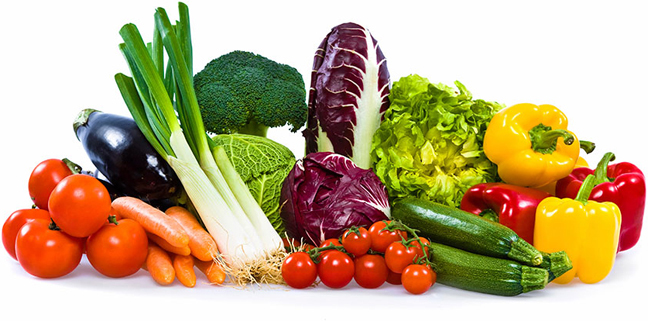
In my award-winning, bestselling book Food Sanity: How to Eat in a World of Fads and Fiction, I share my love for veggies and document a plethora of research on the health benefits they offer. The one misconception I hear a lot is that vegetables don’t provide us with enough protein, and therefore, we need to eat meat. Actually, a vegetarian diet can provide sufficient protein requirements for humans. For example, 100 calories of ground beef contain 10 grams of protein, whereas 100 calories of baby spinach contain 12 grams of protein. Also, beans and nuts are high in protein. A cup of white beans supplies 18 grams of protein. This doesn’t only apply to the average person but also goes for athletes and bodybuilders who are intent on building lean muscle.
With that said, let’s rank some veggies…
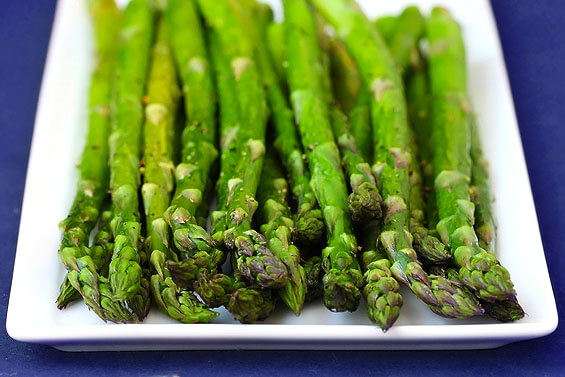
1. Asparagus: This tasty green stalk comes in first place on my vegetable ranking. Asparagus is a great source of vitamin K, which helps with blood clotting and building strong bones.” Friedman also mentions that asparagus provides vitamin A (which prevents heart disease), vitamin C (which supports the immune system), vitamin E (which acts as an antioxidant) and vitamin B6 (which, like vitamin A, also prevents heart disease).
Asparagus is also loaded with minerals, including iron (which supports oxygen-carrying red blood cells), copper (which improves energy production) and calcium (which improves bone health). “Asparagus increases your energy levels, protects your skin from sun damage and helps with weight loss. It’s also an excellent source of inulin, a type of carbohydrate that acts as a prebiotic, supporting the growth of health-promoting bacteria in the colon.
The most luring benefit of asparagus is it's considered a natural aphrodisiac. If you’re on a dinner date, you may want to consider ordering a few stalks. Asparagus contains vitamin B6 and folate it contains can boost feelings of arousal. It’s high vitamin E content also stimulates sex hormones, including estrogen in women and testosterone in men. Just be sure to close the bathroom door and turn the fan on if you pee afterwards.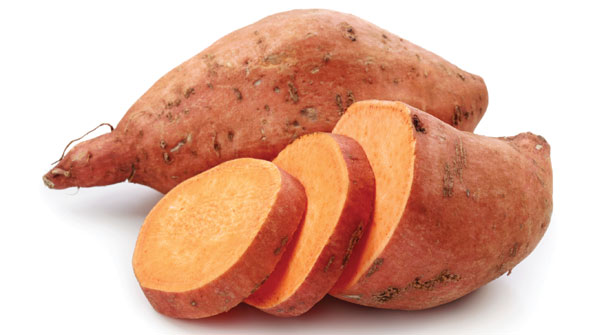
2. Sweet Potatoes: These sweet, starchy tubers are rich in beta-carotene, which helps maintain healthy skin, vision and organ function. Beta-carotene consumption has been linked to a decrease in the risk of lung and breast cancer.
If you suffer from neck or back pain, sweet potatoes are my top ‘food-is-medicine’ prescription. Just one large sweet potato contains more than 850 milligrams of potassium, a nutrient that helps relieve muscle spasms and reduces inflammation.
One cup of baked sweet potatoes contains approximately 50 percent of your daily vitamin C requirement and lots of manganese, a mineral that helps produce collagen and promotes skin as well as bone health. On top of that, sweet potatoes contain anti-inflammatory compounds called anthocyanins.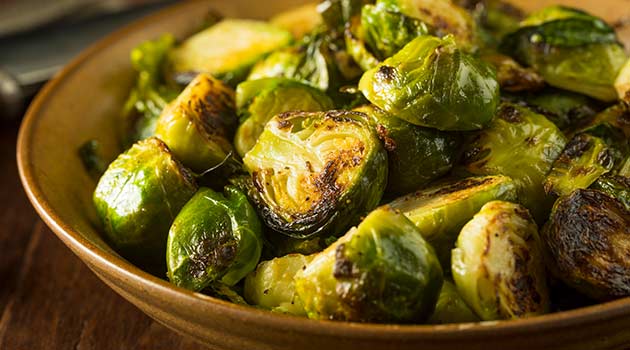
3. Brussels Sprouts: These low-calorie miniature cabbages are rich in vitamins and minerals, including vitamin B6, vitamin C, vitamin K, vitamin A, folate, iron and manganese. Their high fiber content also helps support bowel regularity and gut health.
Brussels sprouts contain kaempferol, an antioxidant that may reduce cancer growth, decrease inflammation and promote a healthy heart. Additionally, Brussels sprouts keep your blood sugar in check. Research has linked an increased intake of cruciferous vegetables, including Brussels sprouts, to a decreased risk of diabetes.
Brussels sprouts also contain alpha-lipoic acid, an antioxidant that’s been researched extensively for its brain health and anti-aging properties. Lastly, eating Brussels sprouts can also supply the antioxidants your body needs to protect it from cellular damage and promote general good health.
4. Spinach: Popeye was right: Spinach is one of the most nutrient-rich foods on the planet. It’s loaded with vitamin C, vitamin K, folic acid [which helps the body produce new cells], iron and calcium. Spinach also contains potassium and magnesium, both of which helps keep blood pressure under control.
Spinach is full of carotenoids, antioxidants that promote healthy eyes and help prevent macular degeneration, the leading cause of blindness in older adults.
Spinach is one of the richest dietary sources of quercetin, a powerful antioxidant that helps ward off infection and inflammation. The antioxidants found in spinach may help fight aging and reduce the risk of cancer as well as diabetes — spinach contains two components, MGDG and SQDG, which have been shown to slow the progression of cancer growth. Lastly, spinach contains sulforaphane — a compound found in many cruciferous vegetables — which also protects against cancer.
5. Broccoli: Many people think about orange juice or citrus fruits when it comes to getting their required daily vitamin C, but one cup of broccoli provides more vitamin C than you need in an entire day without causing the blood sugar spike that happens with citrus juice. Many health experts consider broccoli to be the healthiest of all the cruciferous vegetables because of its ability to help lower the risk of lung, colorectal, breast, bladder, stomach and prostate cancer.
Broccoli is a solid source of vitamin K, which again, promotes bone health. Additionally, several studies show that broccoli consumption lowers the risk of cardiovascular disease.
6. Lettuce: You can see my separate ranking of every type of lettuce here, but, as a general rule of thumb, the nutritional value of lettuce increases as the leafs get darker. Iceberg lettuce is the most widely eaten but has the least nutritional value — the reason being that iceberg lettuce grows in a tighter head, so the inner leaves get less sunlight, remain lighter green and have fewer nutrients. My top pick is Romaine lettuce: It’s the most nutrient-rich of all lettuce varieties and excels in the vitamin and mineral departments. It’s an excellent source of calcium, folate and vitamin K. It also provides 10 times more beta-carotene than iceberg lettuce and almost as much as spinach, making romaine the healthiest of all the lettuces.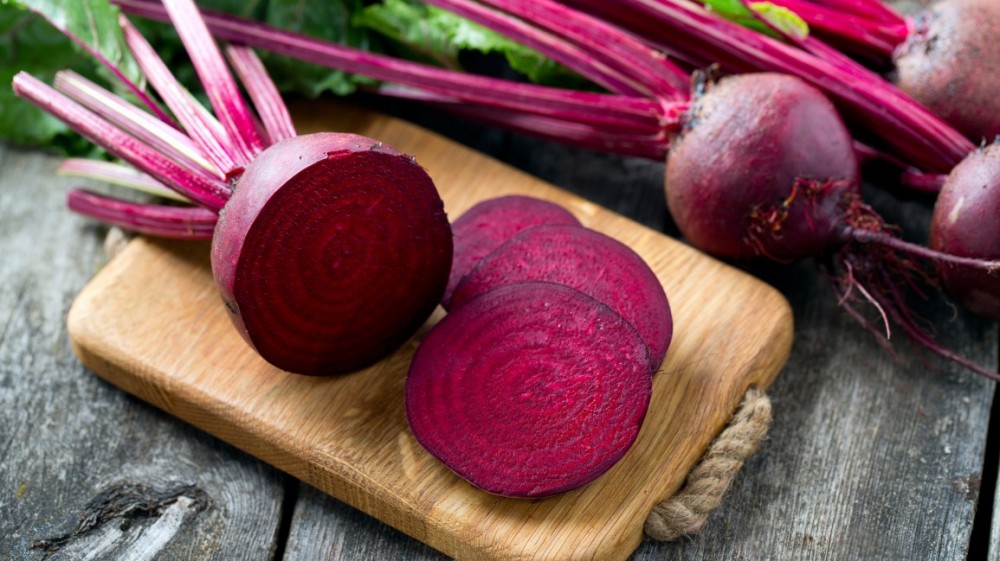
7. Beets: The most exciting healing property of beets is its ability to lower blood pressure. Researchers attribute the blood-pressure lowering effects of beets to their high concentration of nitrates. When you eat beets, your body converts nitrates to nitric oxide, a molecule that dilates blood vessels, causing your blood pressure to drop. This increase in circulation also increases blood flow to the frontal lobe of the cerebrum, an area associated with higher-level thinking, such as decision making and memory.
This isn't the only place beets improve blood flow too. Often referred to as ‘nature’s Viagra,’ they have a high nitrate content, which dilates the blood vessels and boosts circulation to the penis. This leads to better erections for men during sexual intercourse and helps them last longer in bed.
Beets also contain lutein, which protects your eyes, and pigments called betalains, which may possess numerous anti-inflammatory properties that help combat obesity, heart disease, liver disease and cancer.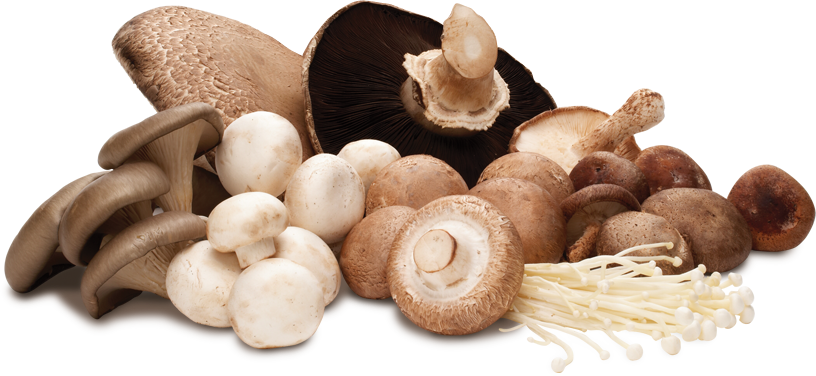
8. Mushrooms: These delicious fungi are one of the few natural dietary sources of vitamin D [which helps the body absorb calcium, promoting bone health.] Countless scientific studies have revealed numerous ways that mushrooms can be useful in preventing and treating many health conditions: Research conducted at the University of Florida’s Department of Food Science and Human Nutrition, for instance, found that eating shiitake mushrooms daily improves immunity better than any pharmaceutical drug currently on the market.
If you are wanting to lose weight, it’s ‘shrooms to the rescue! These fungi pack a lot of nutritional value with few calories and very little fat. They also contain two types of dietary fiber, beta-glucans and chitin, which increase satiety and reduce appetite.
Lastly, mushrooms are great for cardiovascular health thanks to their high fiber, potassium and vitamin C content. If you have high cholesterol, eat more shiitake mushrooms: The stem of the shiitake mushroom is a great source of beta-glucans, which have been shown to lower blood cholesterol levels. You can see my separate mushroom rankings here.
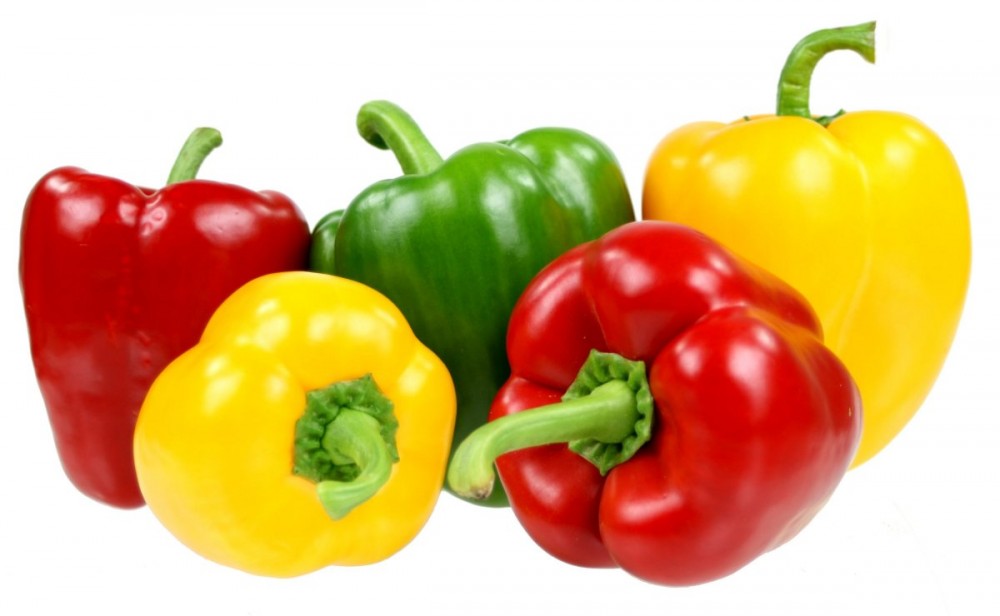
9. Bell Peppers: Bell Peppers are very high in vitamin C: Just one provides 170 percent of the recommended daily allowance. Other vitamins and minerals found in bell peppers include vitamin E, vitamin A, vitamin K, folate and potassium.
Some bell peppers are healthier than others, though. Yellow bell peppers contain several phytochemicals and carotenoids, particularly beta-carotene, which has potent antioxidant and anti-inflammatory benefits. Red bell peppers are chock-full of many healthy antioxidants, including violaxanthin, lutein, quercetin and luteolin. These plant compounds are associated with many health benefits, including the prevention of chronic diseases, such as heart disease and cancer. Green peppers, meanwhile, are harvested sooner; they’re cheaper to grow, and not quite as nutritious as their colorful counterparts.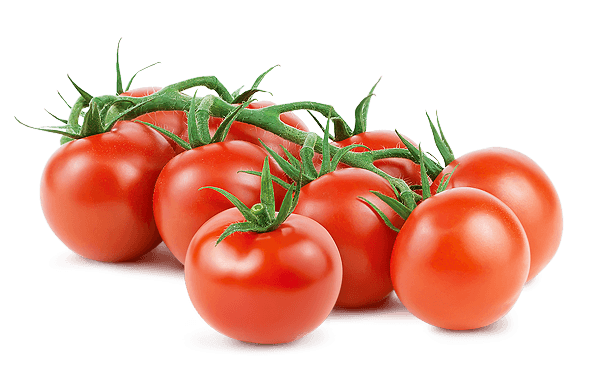
10. Tomatoes: Tomatoes are technically a fruit, but since basically everyone considers them at least vegetable-adjacent, I decided to include them in this ranking anyway. Tomatoes contain a high amount of lycopene, an antioxidant that’s been linked to many health benefits, including reduced risk of heart disease and cancer. Something to keep in mind, cooked tomatoes contain four times more lycopene than uncooked tomatoes. Tomatoes are also a rich source of vitamin C, vitamin K, potassium and folate. Plus, the skin of a tomato contains naringenin, a flavonoid that has been shown to decrease inflammation, and chlorogenic acid, a powerful antioxidant compound that may help lower blood pressure.
11. Carrots: One serving [one cup] of carrots supplies 400 percent of the daily value for vitamin A, and a plethora of nutrients, including vitamin B1, vitamin B2, vitamin B3, vitamin B6, vitamin C, vitamin K, potassium and lots of fiber. B vitamins basically help the body in every way imaginable and may even keep you younger! That's right. If you want to fight the sands of time, add carrots to your diet — the high levels of beta-carotene in carrots acts as an antioxidant that slows down cellular aging.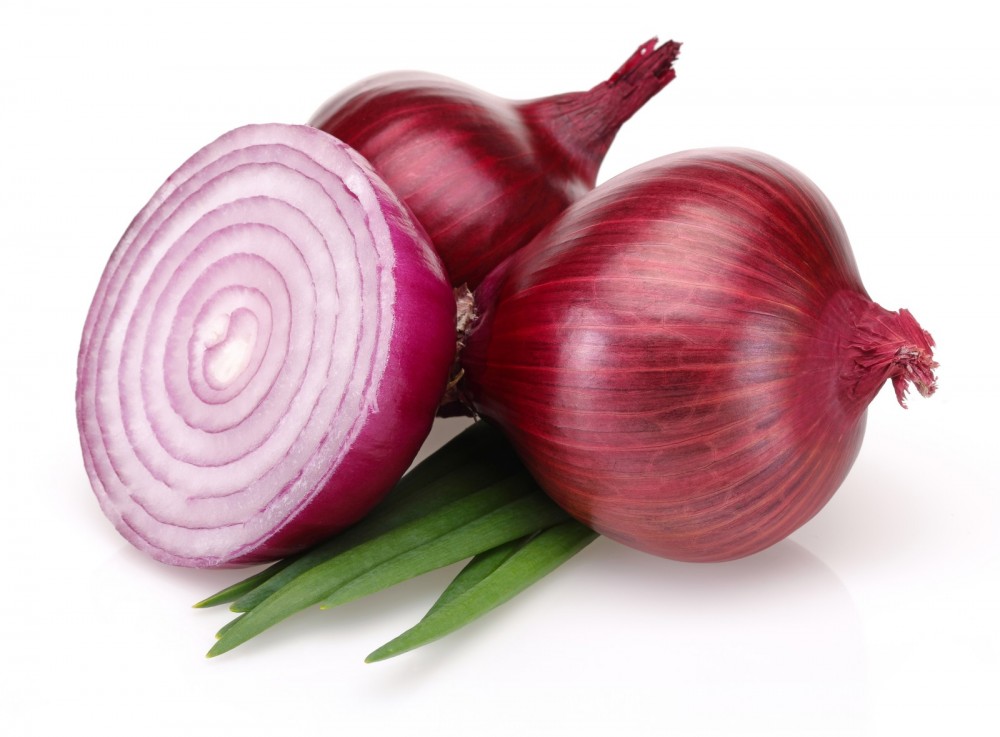
12. Onions: Onions will make you cry when you cut them, but they make your body smile when you eat them. They supply vital nutrients, including calcium, folate, iron, magnesium, phosphorus [which supports bones and teeth] and potassium [which supports healthy muscles.] They’re also a rich source of quercetin, a plant-based phytochemical with anti-inflammatory properties. Quercetin may help onions combat arthritis, asthma and heart disease. Research also shows that those who consume onions and other allium vegetables, such as scallions, garlic, leeks, shallots and chives, have a lower risk of stomach, colon, and prostate cancers.
Onions also contain prebiotic fiber, according to Friedman, which is necessary for a healthy gut and improved digestion.
13. Green Beans (and Snap Peas): Green beans contain antioxidants similar to those found in green tea, also known as catechins, which can improve heart health and help prevent cancer. Green beans also help to reduce the risk of heart disease due to their high levels of polyphenolic antioxidants, which are flavonoids that have anti-inflammatory properties. Test subjects with high flavonoid levels have shown anti-thrombotic results, meaning they prevent blood clots. They’ve also been shown to reduce the risk of birth defects for pregnant women. Finally, green beans provide calcium, a vital mineral that helps protect the bones from deterioration and osteoporosis.
14. Cucumber: Similar to tomatoes, cucumbers are actually a fruit, but also like tomatoes, they’re often thought to be a vegetable, which is why we included them in this ranking. The ‘cuke’ is low in calories and contains a lot of water (96 percent) as well as soluble fiber, making it ideal for promoting hydration and aiding in weight loss. It’s also a good source of vitamin K, which may reduce bone loss and decrease the risk of bone fractures.
Cucumbers contain antioxidants, including flavonoids and tannins, which prevent the accumulation of harmful free radicals and may reduce the risk of chronic disease. Animal studies show that cucumbers may help lower blood sugar and prevent diabetes-related complications.
Cool cuke tip: To get their full nutrient content, cucumbers should be eaten unpeeled. Peeling cukes reduces the amount of fiber as well as certain vitamins and minerals they contain.
15. White Potatoes: White potatoes aren’t as healthy as sweet potatoes, but they still offer a great source of complex carbohydrates, which promote energy and keep you full. Studies have shown that white potatoes are among the most filling foods, which is great if you’re trying to lose weight (of course, adding sour cream and butter negates these benefits).
On a related note, how you prepare your potato seriously affects the health benefits that come with it. Frying potatoes to make French fries adds more calories and fat than baking them. It’s also important to note that the skin of the potatoes contains a great amount of their vitamins and minerals, so peeling potatoes can significantly reduce their nutritional content. A whopping 60 percent of white potatoes in the U.S. are made into French fries.
But when they aren’t fried, white potatoes are fairly healthy, especially for your gut. White potatoes contain resistant starch, which is a form of starch that isn’t broken down and fully absorbed by the body. Instead, it reaches the large intestine, where it becomes a source of nutrients for the beneficial bacteria in your gut. While there, it converts into short-chain fatty acid butyrate, which has been linked to reduced inflammation in the colon, and a lower risk of colorectal cancer.
16. Celery: Celery is 95 percent water, which makes it very hydrating. It has zero fat and is virtually calorie-free with lots of fiber. While the nutritional content of celery isn’t as plentiful as the other veggies on the list, it still contains vitamin A, vitamin C, vitamin K and folate.
Celery is also loaded with polysaccharides and antioxidants, which have the ability to remove free radical damage that contributes to inflammation. This can help reduce the risk of heart disease, cancer and arthritis. Try adding some almond butter for a little healthy protein and fat to make you stay fuller longer.
17. Corn: Corn is the number one grown crop in the U.S. and currently the second most genetically modified ingredient in the world (second to soy) — approximately 90 percent of all corn grown in the U.S is genetically modified. When it comes to the most fattening on the list, corn leads the pack. These starchy grains have a high glycemic load, meaning they cause an intense blood sugar spike after they’re eaten, which can ultimately increase appetite and weight gain.
Corn has very little nutritional value and contains a protein called prolamin, which is very difficult for the body to break down (and the reason you often see undigested corn in your poop.) This can also lead to a leaky gut and the growth of bad gut bacteria.
18. Blooming Onions: Bad news, Outback Steakhouse fans: Blooming Onions are terrible for you. If you dip onions into a flour-based batter and fry them in greasy, fattening oil to make Blooming Onions, the bad outweighs the good and onions fall to the bottom of this ranking list. Sorry.
On a final note, remember that diversity is important when it comes to food, which means only eating asparagus — the absolute healthiest vegetable is a bad idea. Your best bet is to include every single one of the above-mentioned veggies in your diet. Eating a "rainbow" of colors have been shown to be the healthiest thing to do for gut health and the microbiome (healthy bacteria.)
About the Author
Dr. David Friedman is the author of the award-winning, #1 national best-selling book Food Sanity, How to Eat in a World of Fads and Fiction. He's a Doctor of Naturopathy, Chiropractic Neurologist, Clinical Nutritionist, Board Certified Alternative Medical Practitioner, and Board Certified in Integrative Medicine. Dr. Friedman is a syndicated television health expert and host of To Your Good Health Radio, which has changed the face of talk radio by incorporating entertainment, shock value, and solutions to everyday health and wellness issues.
Read more hereFOODSANITY.COM .